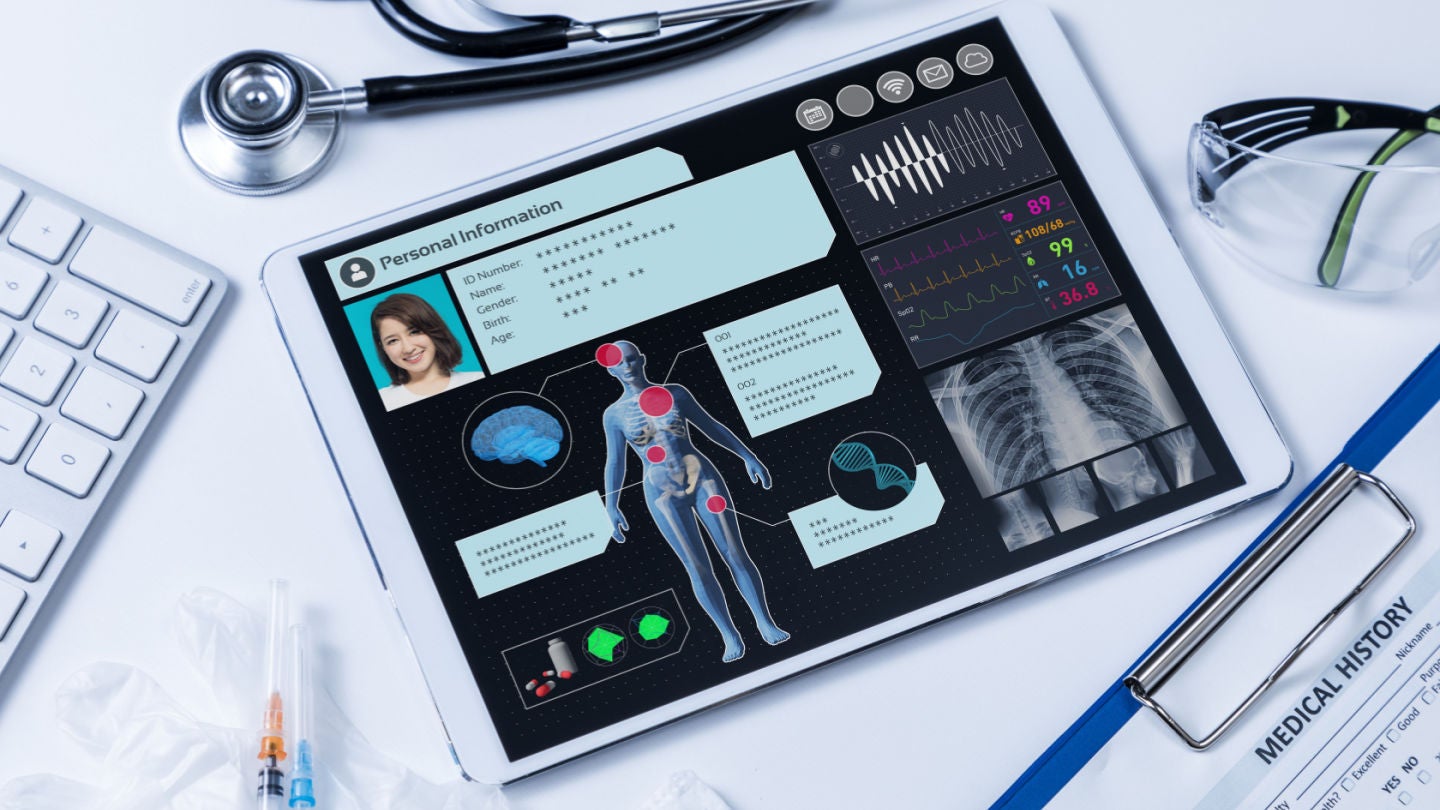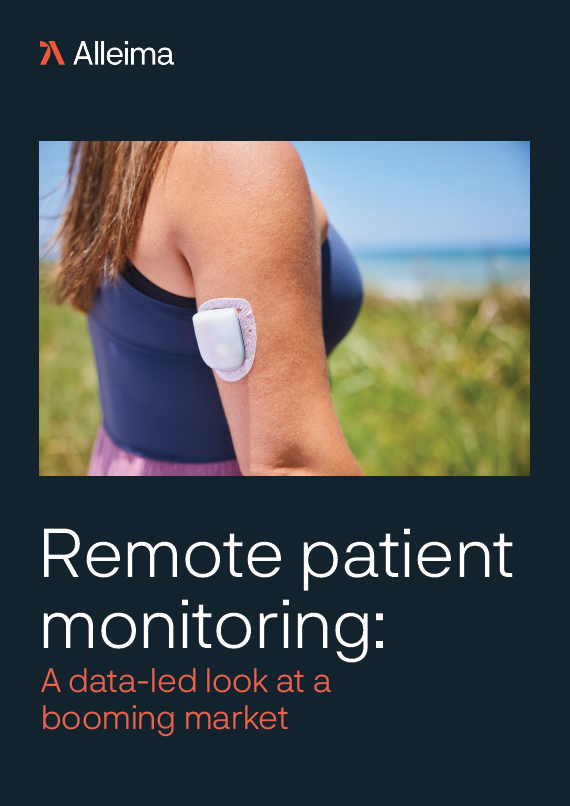The remote patient monitoring market is expected to reach $760m by 2030, growing at a 8.9% annual rate between 2020 and 2030. The term refers to the technology that enables medical professionals to monitor the health of their patients from a distance. This is typically accomplished through the use of connected devices such as wearable sensors or specialised medical equipment and software.
Although this technology has the potential to transform the way healthcare is delivered, the rise of remote patient monitoring has raised privacy concerns over access to patients’ health information. Although remote devices encrypt and anonymise the data they acquire, there is still a chance that it may be compromised or used for purposes other than providing medical care. Patients should therefore be aware of how their health information is handled, shared and protected. Concerns include data breach, unauthorised sharing of sensitive information, and the patient’s sense of loss of autonomy.

US Tariffs are shifting - will you react or anticipate?
Don’t let policy changes catch you off guard. Stay proactive with real-time data and expert analysis.
By GlobalDataRemote patient monitoring and data breaches
One serious privacy risk associated with digital health technologies is that of data breach. A data breach occurs when someone improperly accesses sensitive data, either on purpose or unintentionally. Medical records, health insurance details and payment information could all be obtained by hackers. Private medical information leaks are especially dangerous for individuals because they can lead to identity theft or financial fraud.
The unrestricted exchange of private health data between patients and healthcare providers, as well as third-party businesses or vendors, is known as unauthorised sharing of sensitive health information. Third parties may gain unauthorised access to private medical records if adequate safeguards are not in place.
Finally, because individuals have little control over what happens to their personal records once they are uploaded into a database, many people worry that their confidentiality is being violated and experience a feeling of loss of autonomy over their information, even after giving explicit consent for its use.
As a result, organisations have implemented privacy measures such as encryption, user authentication and cybersecurity to protect sensitive information in remote patient monitoring systems from security breaches. Companies must follow applicable privacy laws in order to provide reliable treatments or services remotely. As more personal health information is collected via digital applications, cybersecurity and the ability to protect data from misuse and unauthorised access become more important.







